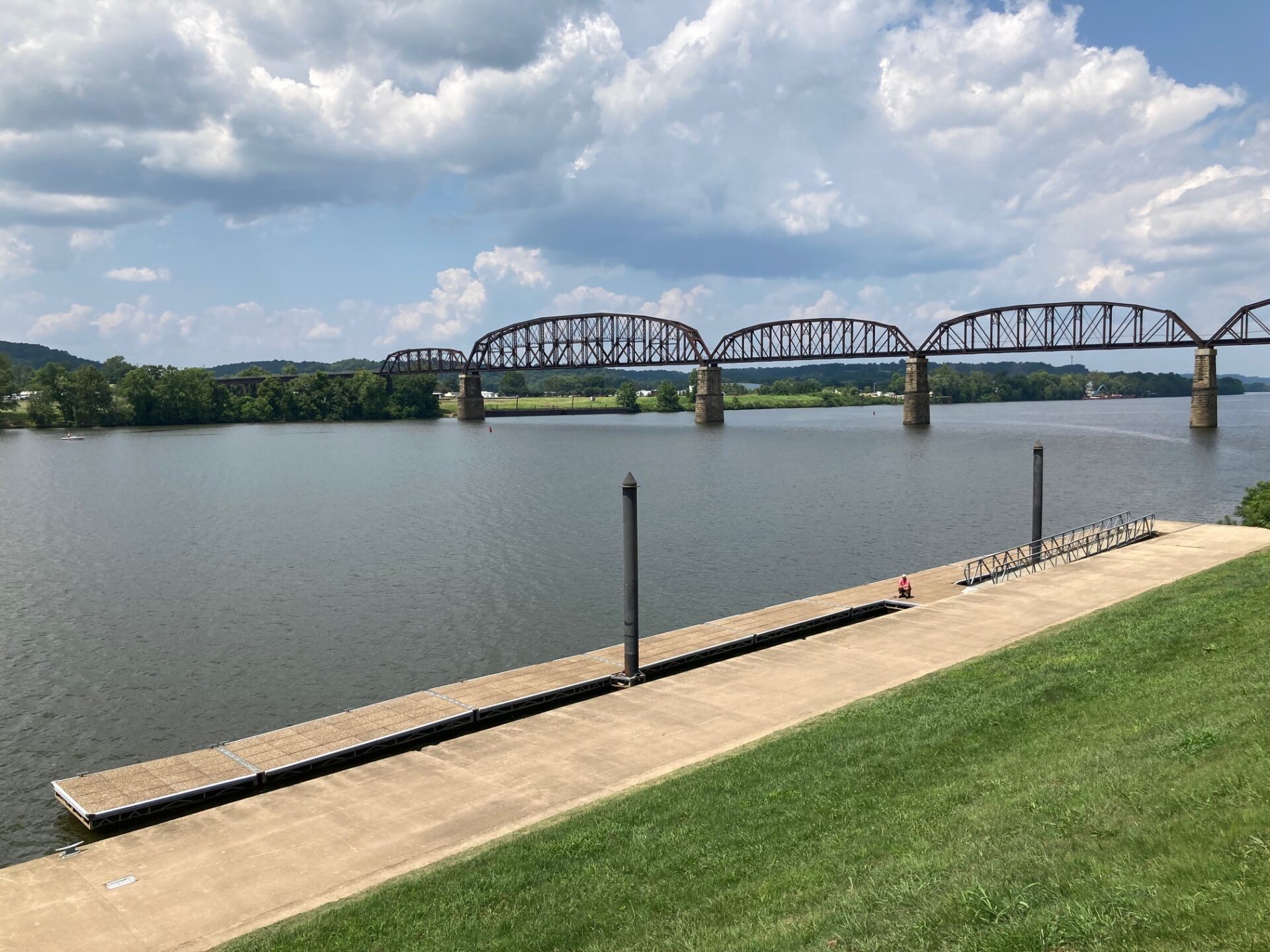The collapse of a highway bridge in Baltimore Harbor may remind some West Virginians of a tragedy that changed how bridges nationwide are inspected.
Before the Silver Bridge failed on the evening of Dec. 15, 1967, there was no national standard for bridge inspection.
The Silver Bridge collapse, on the Ohio River at Point Pleasant, killed 46 people. In 1971, the Federal Highway Administration began using National Bridge Inspection Standards.
They required the inspection of bridges and their components at least once every two years, with emphasis on fractures, corrosion and fatigue – all of which played a part in the Silver Bridge’s failure.
Stan Bumgardner, a state historian and editor of the West Virginia Encyclopedia, says technology today could have spotted the hidden flaw in the Silver Bridge. It couldn’t then.
“Now, today, they have, you know, techniques where you can get cameras, and you can see places where you couldn’t have seen in 1967. But in 1967 nobody really ever faulted the bridge inspectors for missing anything, just because it wasn’t part of the routine to check for that. And it would have been virtually impossible, they would have had to have been looking for. a needle in a haystack and knowing where the needle was, and still trying to find it.”
Bumgardner says he’s spoken to people in the community who not only remember that day, but remember the people who were killed. Some were classmates or members of the same church. Some were neighbors. One man lost both his parents.
He says the memory is so strong, decades later, that incidents like the one in Baltimore remind people of it.
“I’m sure for people in Point Pleasant who remember, December the 15th 1967, that anytime there’s any of these bridge incidents, collapses, problems with where they have to shut down bridges, even where they’re even no deaths involved. I’m sure it takes all those people in Point Pleasant back to 1967. And they remember exactly where they were and how they felt right then.”
As with the Silver Bridge then, the National Transportation Safety Board is investigating the Baltimore collapse now. It could take the agency as long as two years to produce a report.
And from there, changes will be made to improve bridge safety from the lessons learned.
